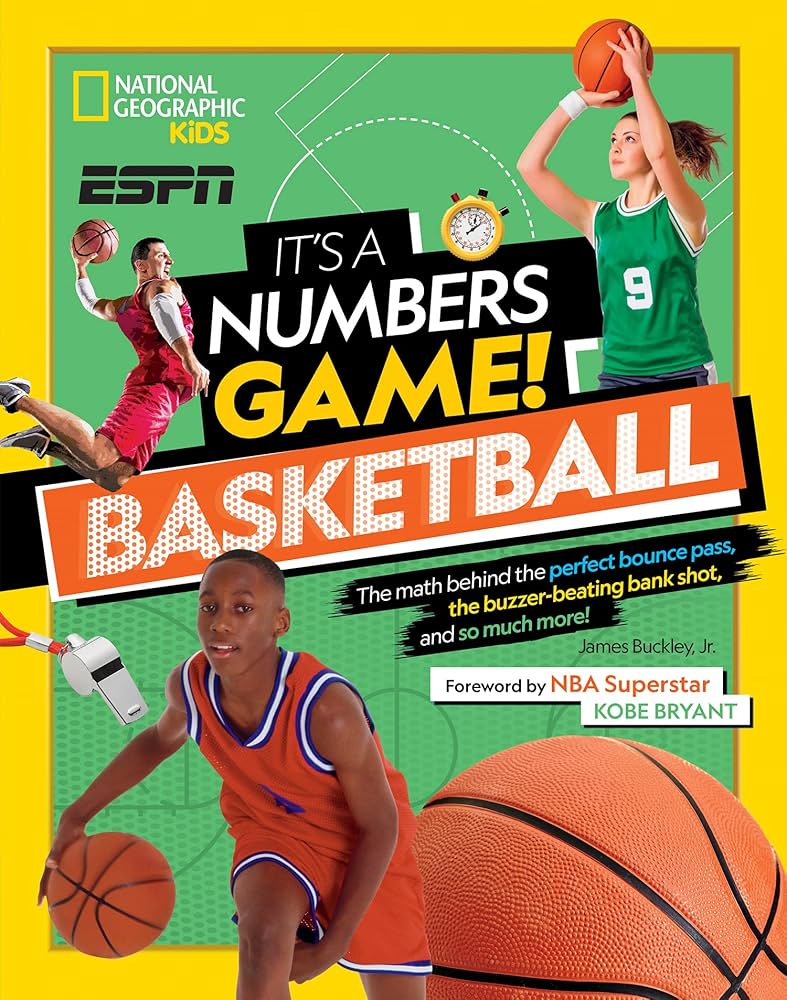Basketball looks simple—ten players, one ball, two baskets—yet every dribble hides a universe of data. To analyse basketball is to peel back the skin of spontaneity and expose the skeleton of probability that underlies every bounce.
Start with the box score. Points, rebounds, assists: these are the obvious stars. But they are only the first layer of sediment. Dig deeper and you meet the advanced cousins—usage rate, true shooting, pace factor—metrics invented to answer the whispered question, “Who is actually helping the team win?” A point guard who averages eight assists may seem generous, but if his assist-to-turnover ratio is 1:1, generosity mutates into recklessness. Context is the microscope that turns good numbers into honest numbers.
Zoom out to the court itself, a 94 × 50 foot rectangle that shrinks when you map it in shot-quality pixels. The corner three, once a statistical afterthought, became gold when analysts noticed it yields 1.16 points per attempt, almost 0.3 better than the dreaded mid-range. Coaches who once preached “take the open shot” now murmur “take the right open shot.” The geometry of the floor is no longer art; it is a profit-loss sheet.

Yet numbers suffocate without narrative. Watch a player sprint 28 feet to close out on a shooter, forcing a miss, then slump in relief as the bench erupts. No spreadsheet captures the dopamine hit that bonds five strangers into a single, breathing organism. Analytics tell you that switching every pick-and-roll saves 0.04 points per possession; the eye tells you that the center just survived isolation on a sprained ankle and still raised an invisible wall. Somewhere between the regression line and the heartbeat lies the truth.
Even time bends under scrutiny. Coaches slice games into 96 “clutch” seconds when score differential stays within five. Efficiency plummets, turnover probability spikes, hero-ball rises like a toxic moon. Analysts model this chaos with Markov chains, but players call it “the moment you either fear or own.” The model predicts 0.9 points per iso; the superstar remembers the dinner his mother couldn’t afford and creates 1.4.
Technology keeps pushing the iris inward. Second-Spectrum cameras log 25 frames per second, turning human joints into glowing constellations. We can now quantify defensive entropy—how much a defender’s hips rotate away from optimal positioning—and broadcast it to fans before the arena flush cools. But every new parameter births a new phantom. How do you weigh the emotional fatigue of a player who learned, minutes before tip-off, that his partner is in labor? The camera sees, but does not feel.
Finally, analyse long enough and basketball becomes recursive. The very act of studying the sport alters it. Teams hire analytics staffs, players shoot fewer two-point jumpers, defenses pre-rotate earlier, and the equilibrium resets. Yesterday’s market inefficiency is today’s baseline. The perfect play is asymptotic—always one regression away.
So we watch, we count, we story-tell, knowing the object of our obsession is both equation and poem. To analyse basketball is to admit that truth is not a destination but a moving pick, and the only way to guard it is to stay forever agile between the spreadsheets and the stars.





































